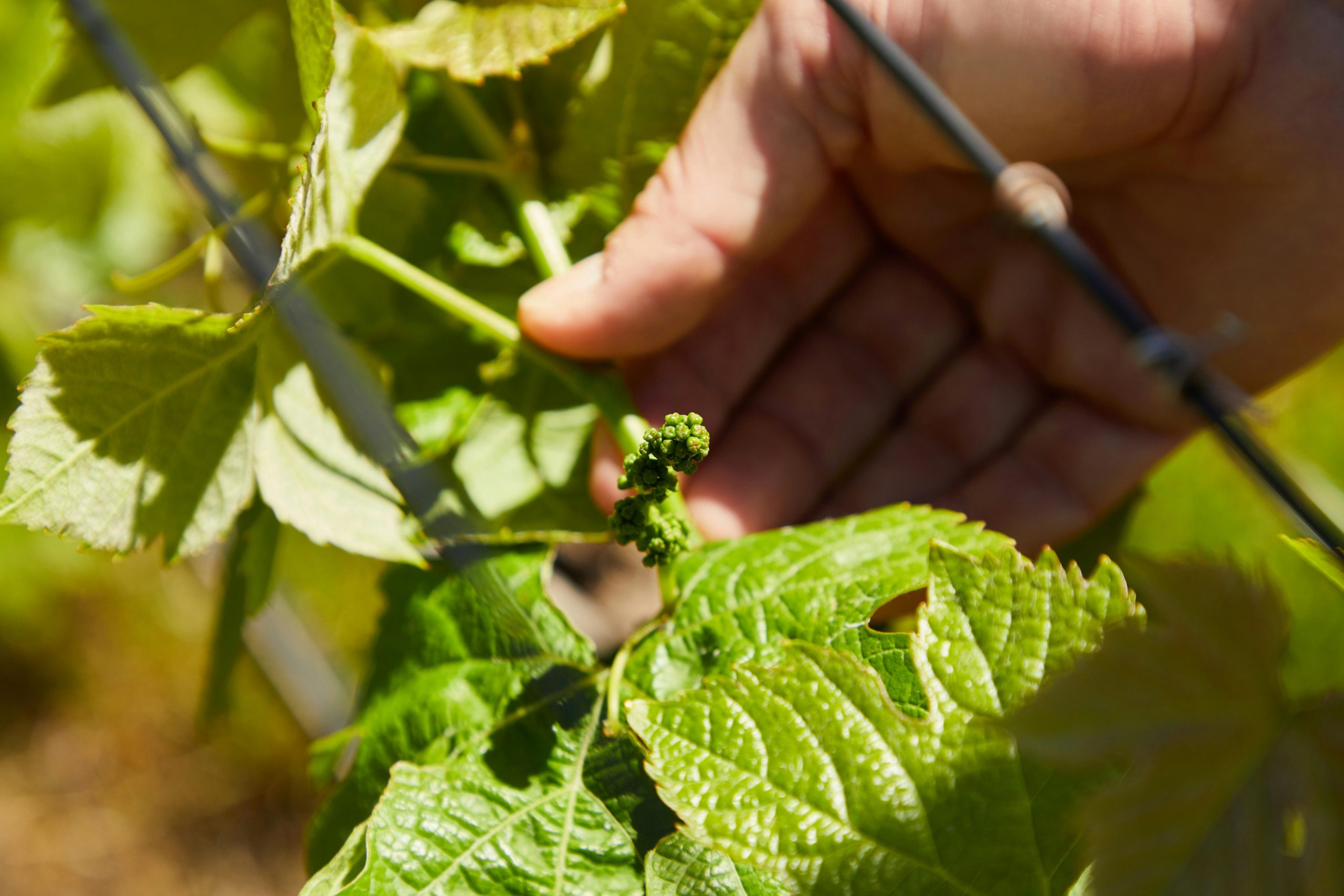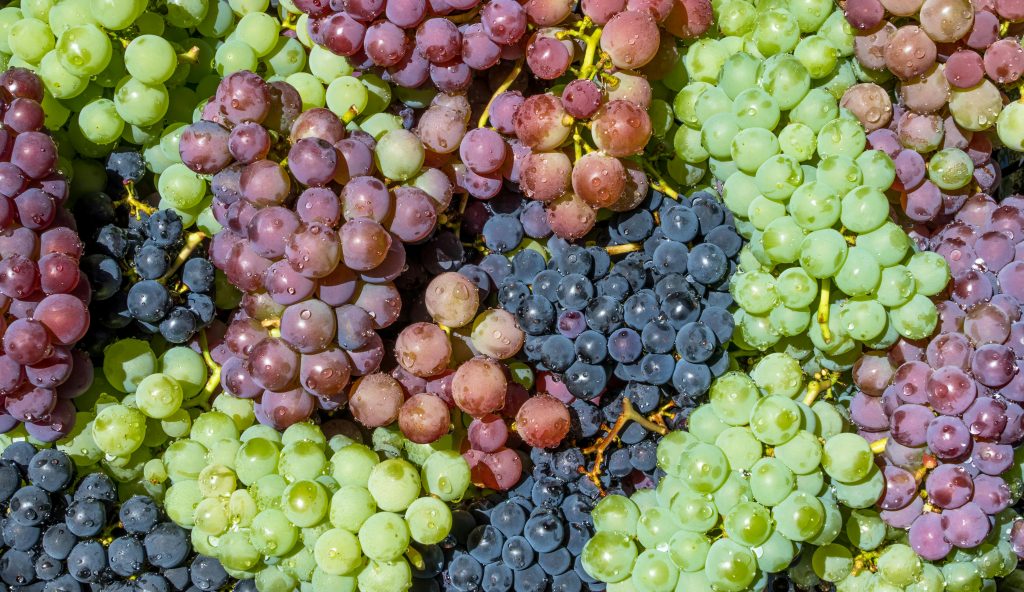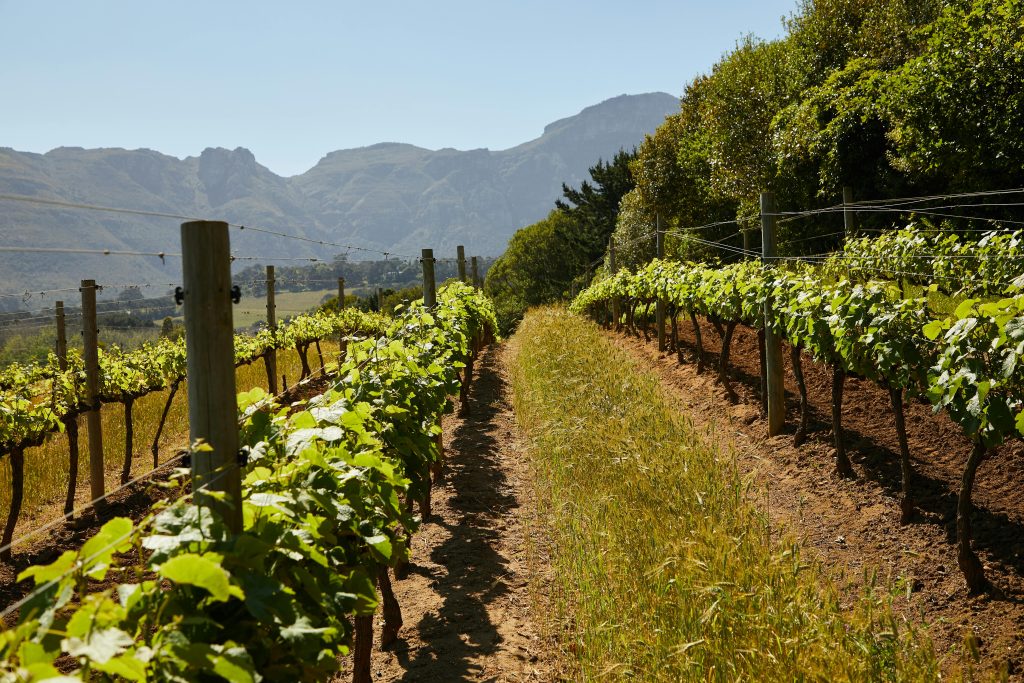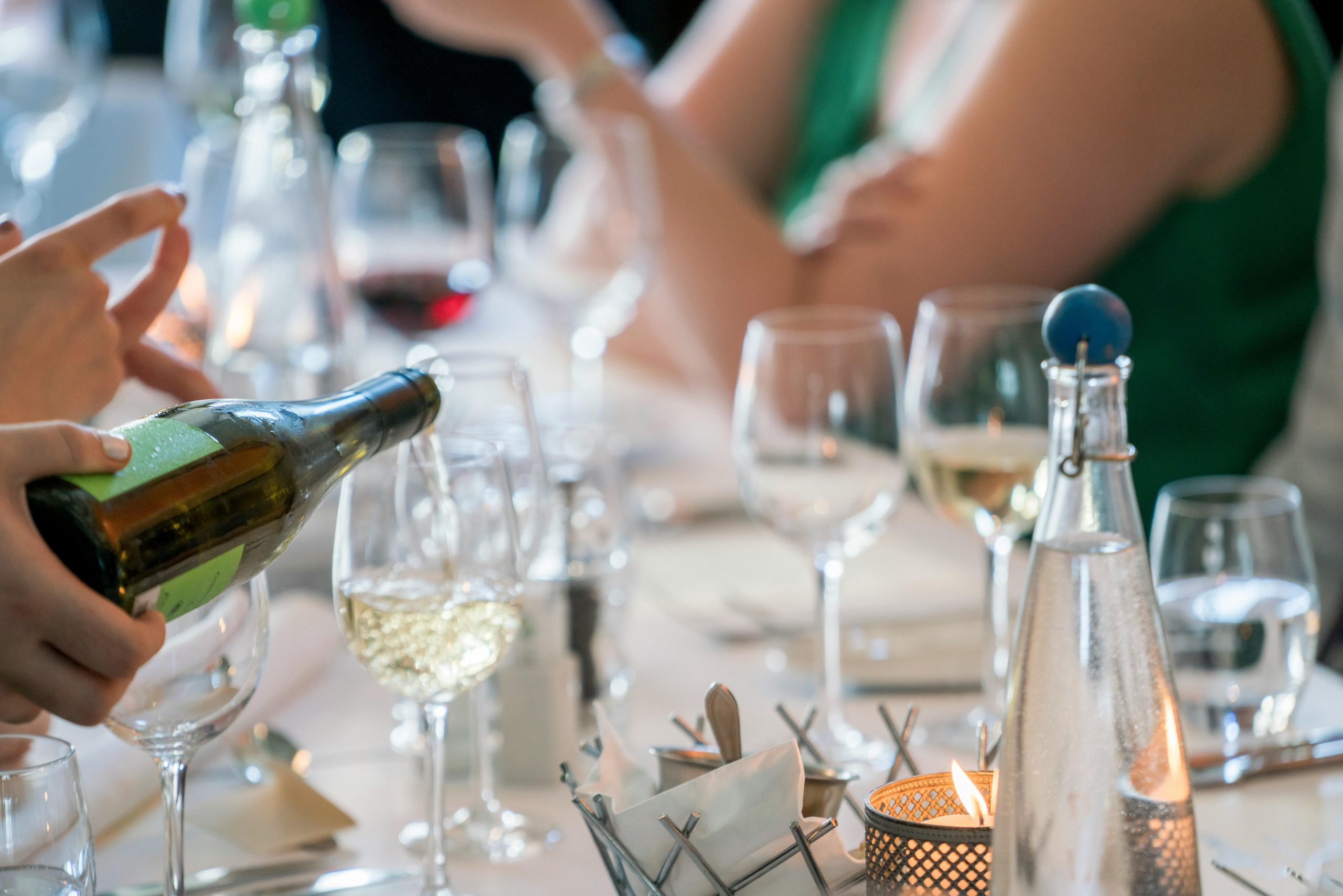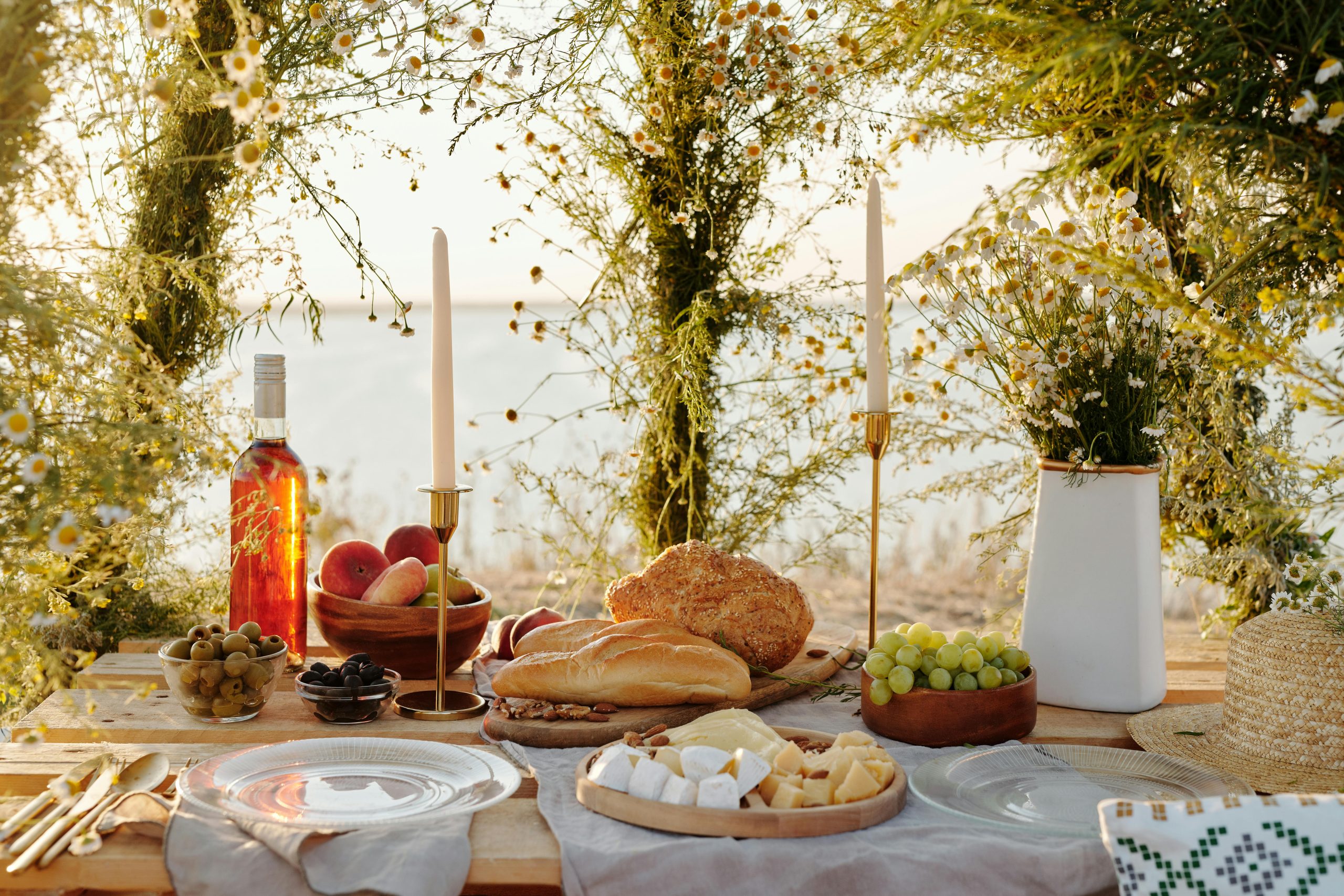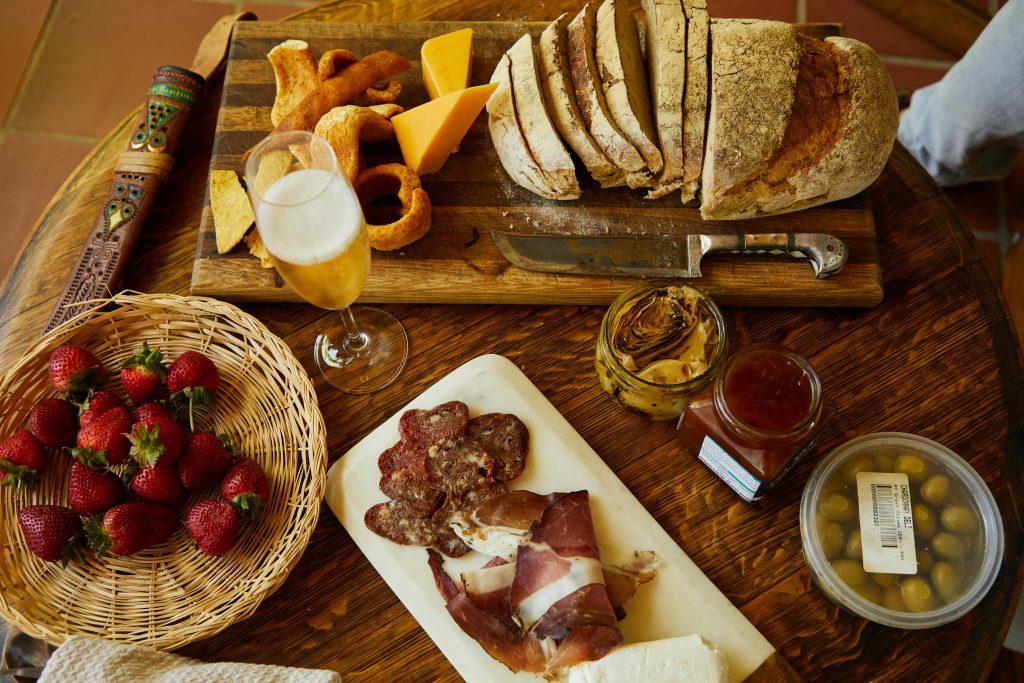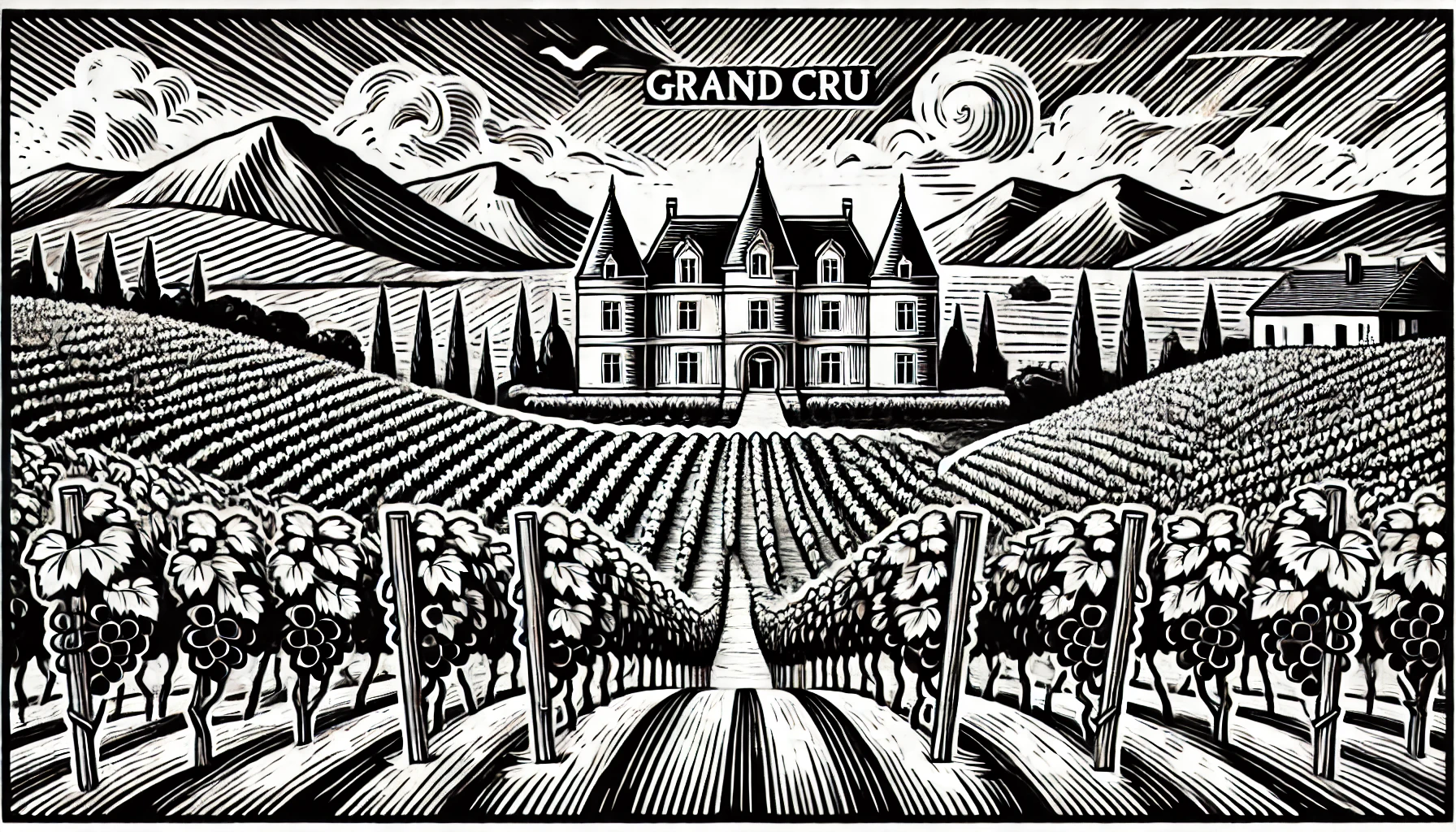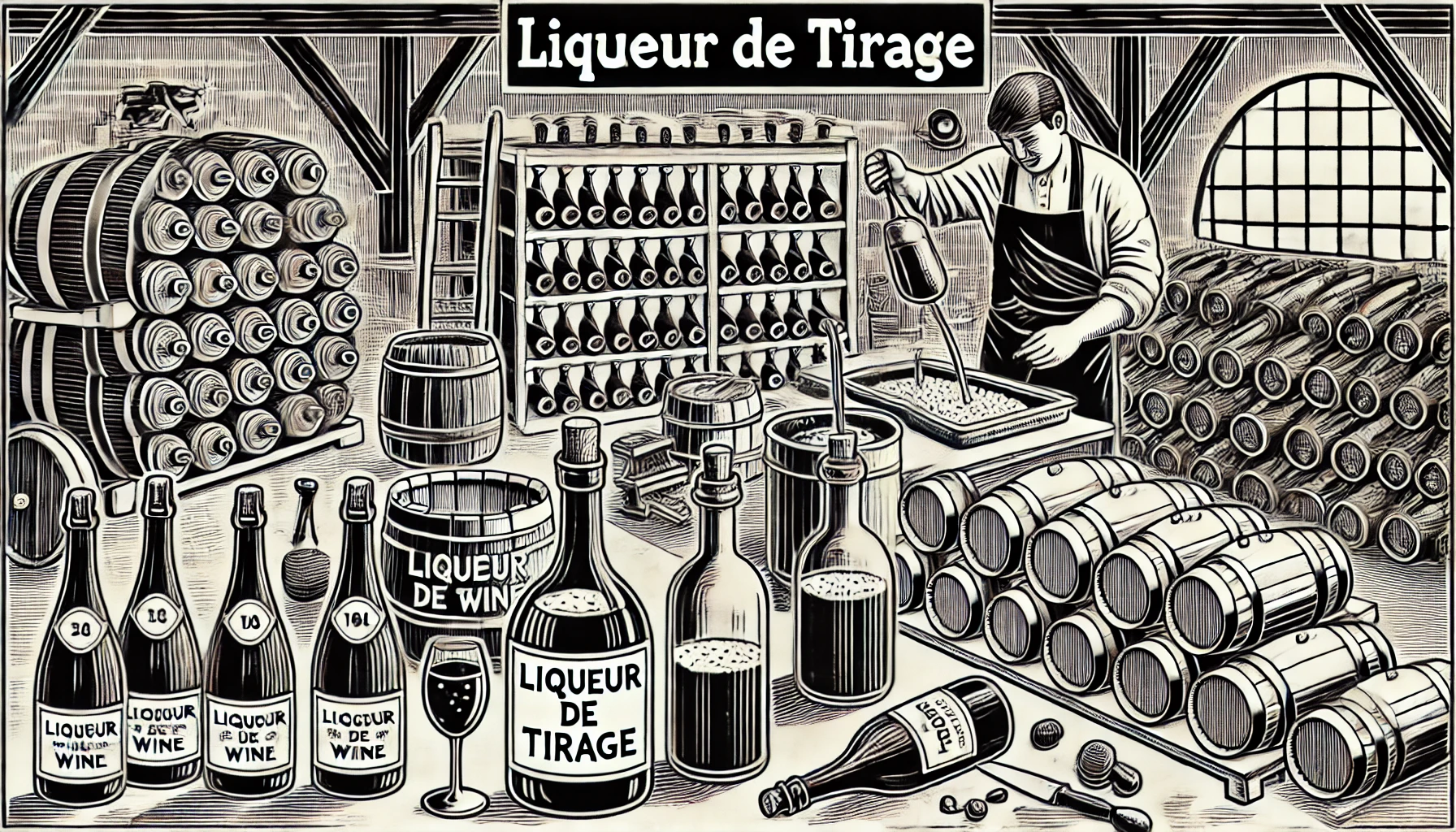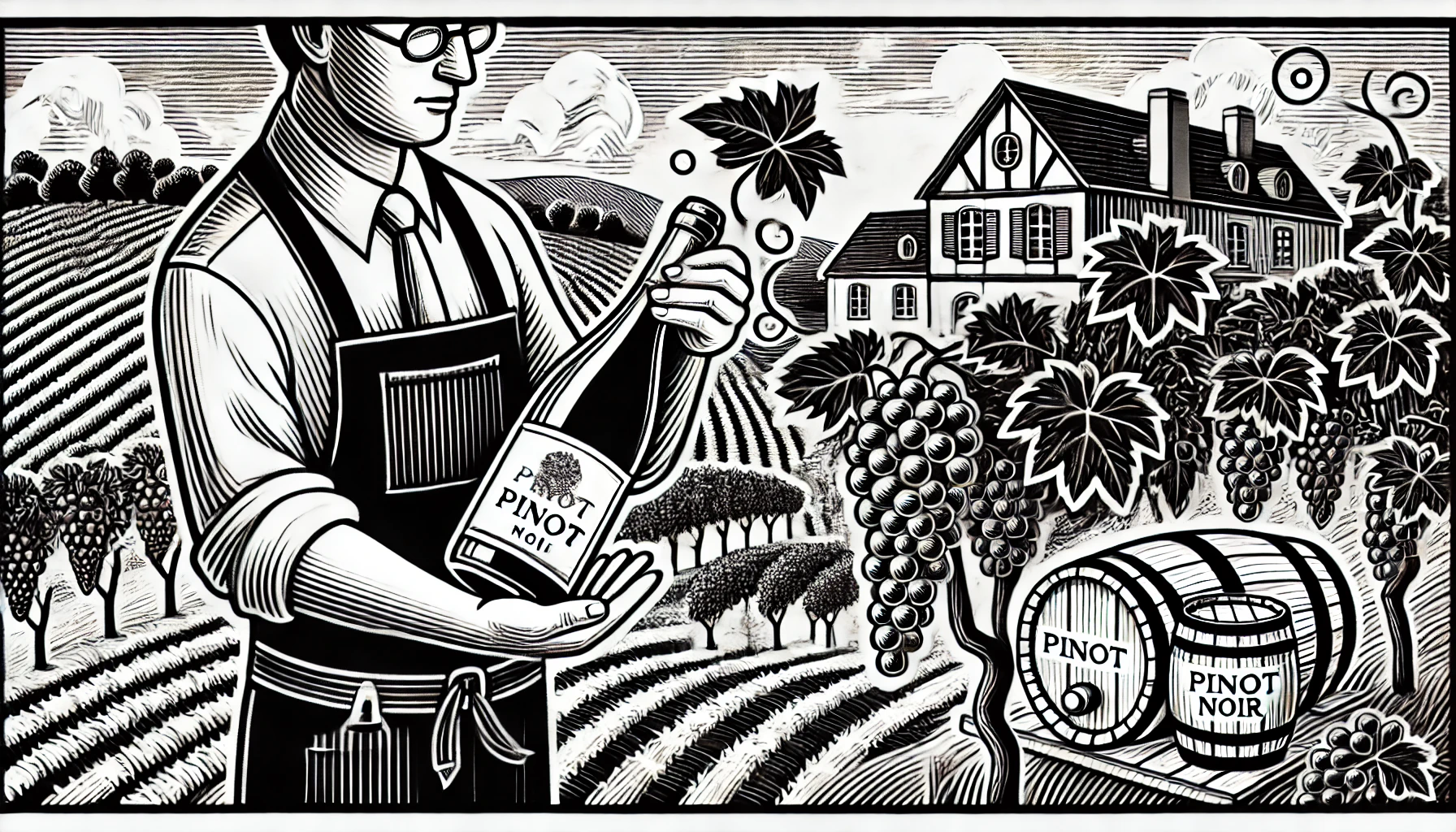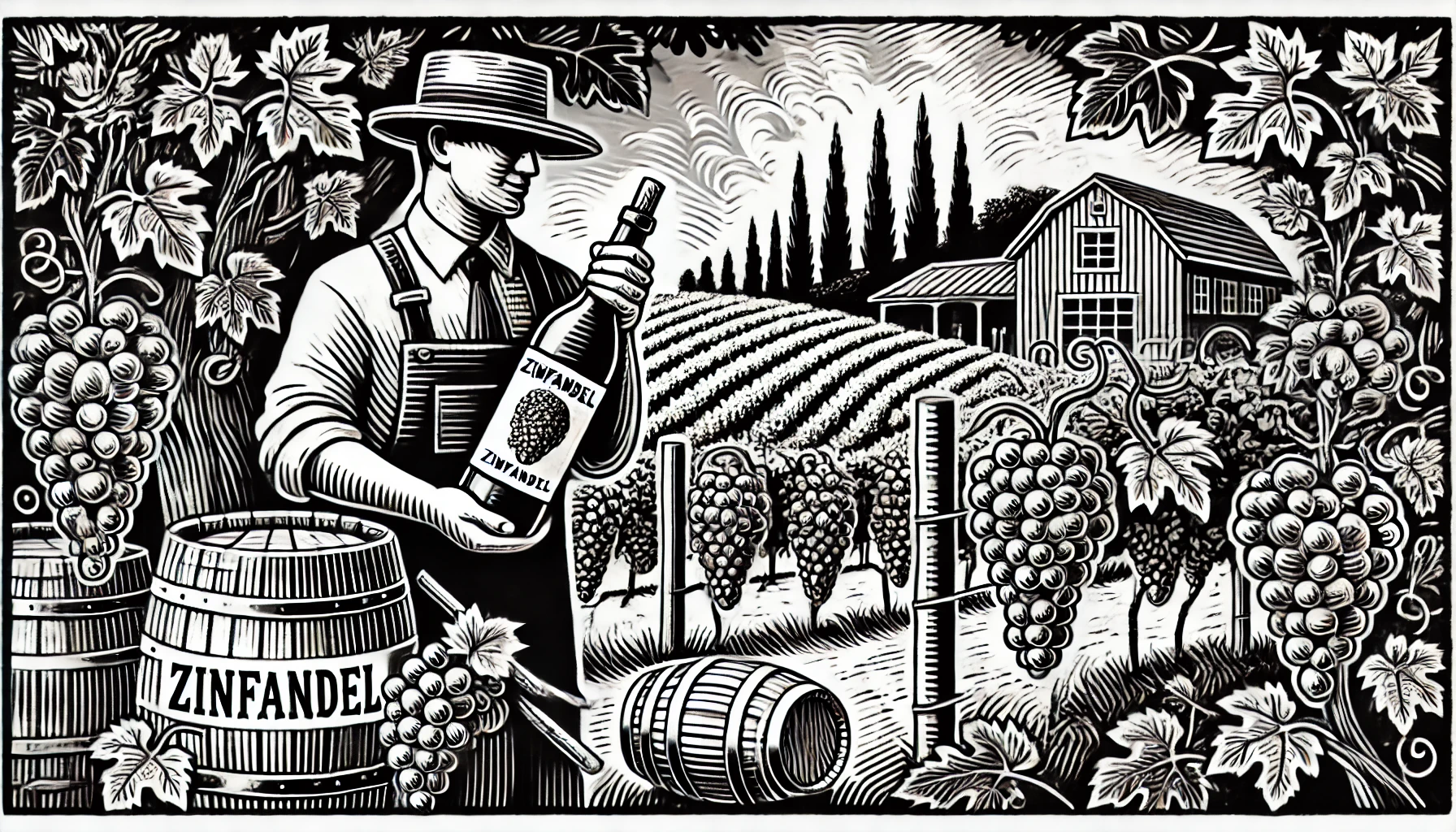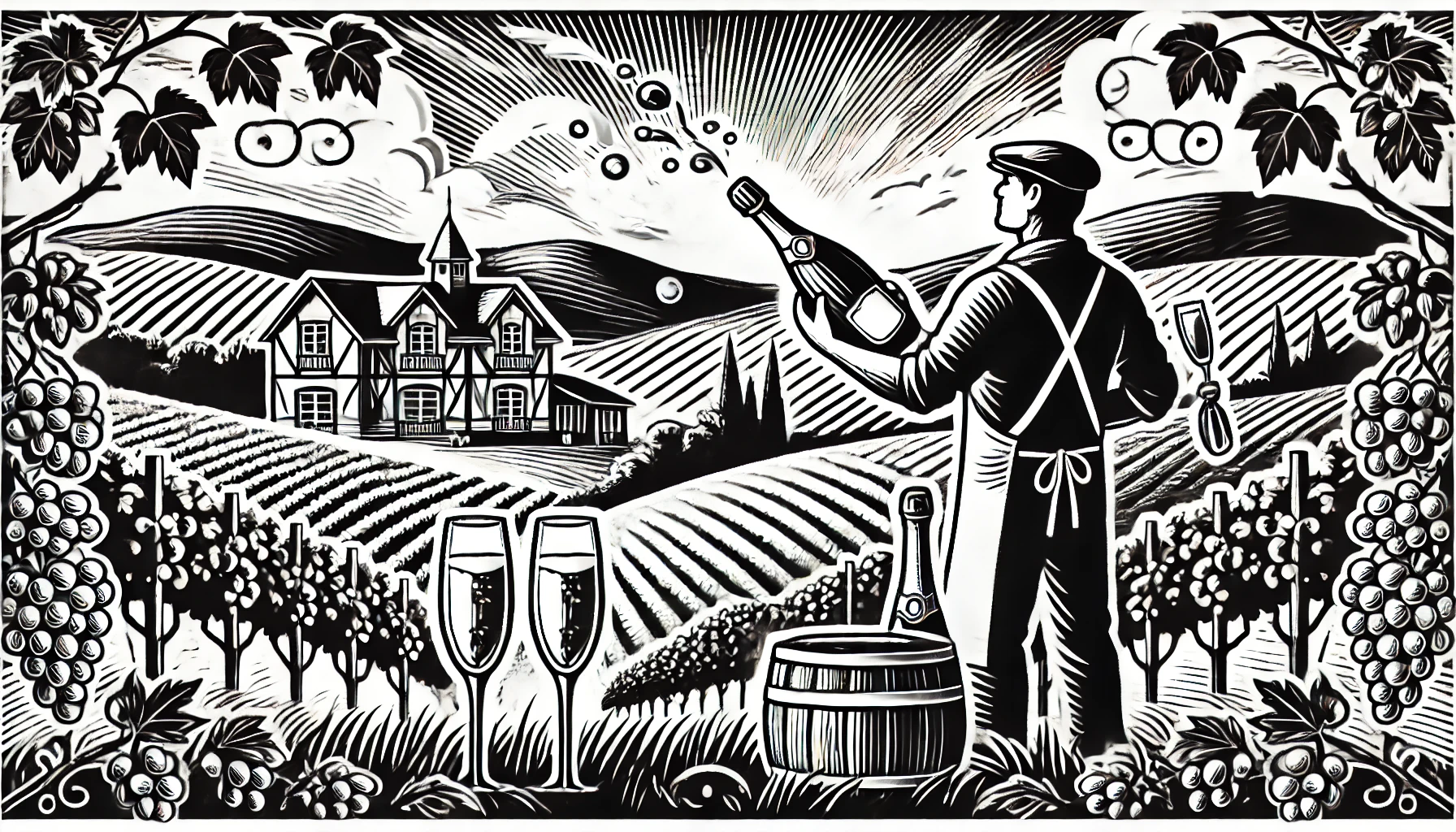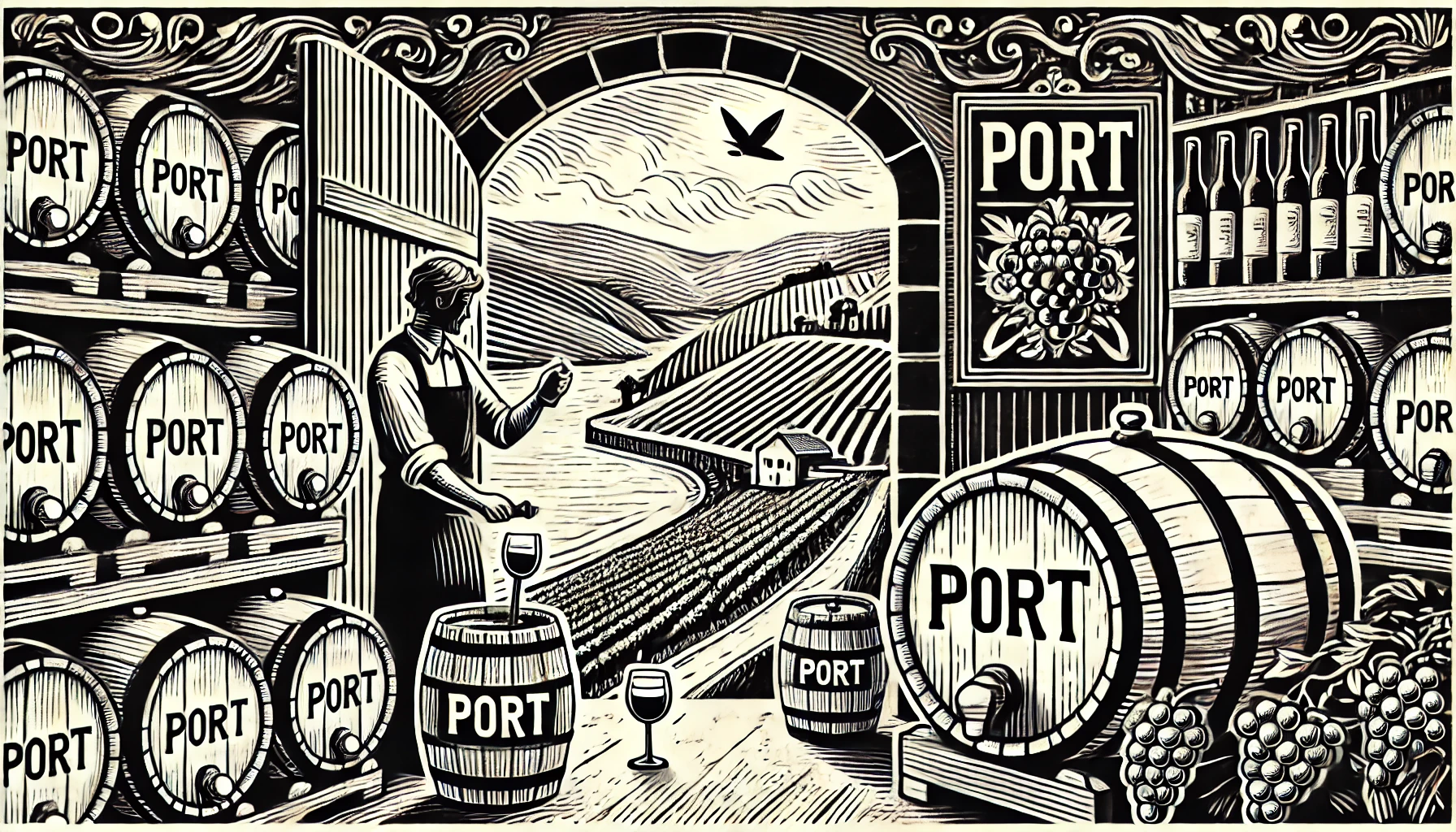
There’s something incredible exciting about packing up a basket, heading to a scenic spot, and spreading out a blanket for a perfect picnic. Add a bottle of wine, a few carefully selected cheeses, and you’ve got yourself an elegant outdoor experience. Maybe you’re planning a romantic date, a family gathering, or just a solo retreat to unwind in nature, crafting a sophisticated wine and cheese picnic is way easier than you think. Here’s how to make sure your next alfresco adventure is one to remember.
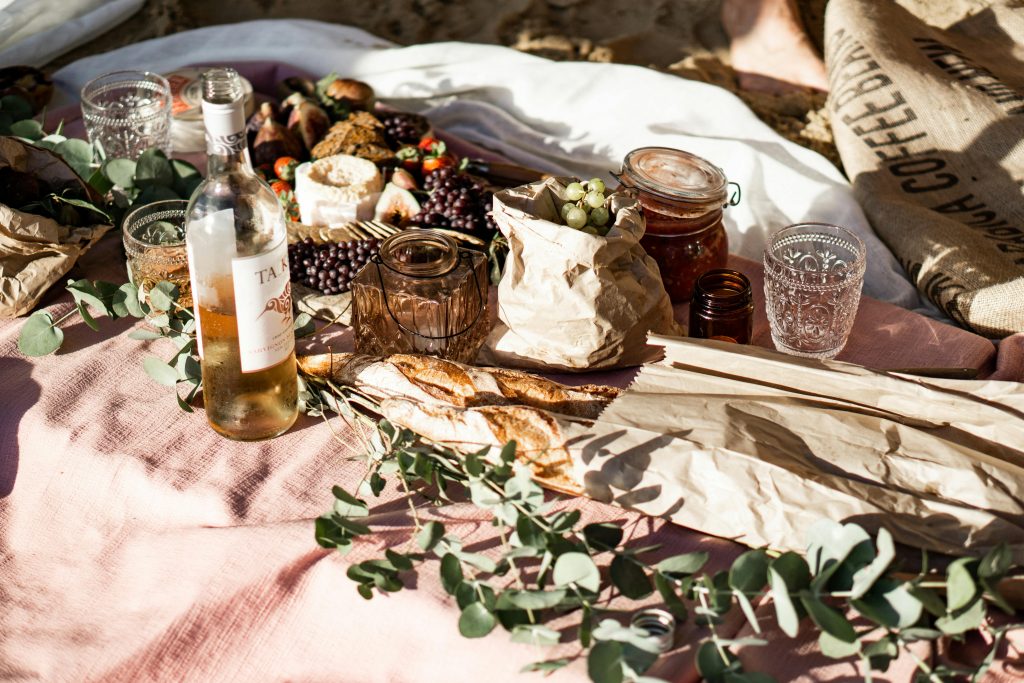
1. Choosing the Right Location
Location sets the tone for your entire picnic. You want to find a place that feels both relaxed and charming. Parks, vineyards, and even beaches offer plenty of atmosphere, but don’t discount your own backyard for a cozy, intimate setting. The key is to pick somewhere that feels special but is also practical.
Nature’s Stage:
- A vineyard is a perfect spot for wine lovers (if you’re lucky enough to have one nearby). It offers the perfect backdrop of rolling hills and vines, creating a tranquil setting. Plus, many vineyards allow visitors to picnic while tasting their wines.
- Parks with shaded areas under big, leafy trees make great locations. Look for spots with a view of a lake or mountains if you want an extra touch of elegance.
- For a unique twist, a beach picnic brings the calming sounds of waves and salty breezes. Just be mindful of the wind; no one wants a sand-covered Brie!
The Secret Ingredient? Comfort. Even the most beautiful spot can be spoiled if it’s uncomfortable. Bring soft blankets, and don’t forget cushions or portable chairs. If you want to elevate the atmosphere, invest in a lightweight, folding picnic table to hold your wine and cheese selection at the perfect height.
2. Curating the Ultimate Cheese Selection
Cheese is the co-star of your elegant outdoor meal, and picking the right selection takes it from good to unforgettable. You’ll want a variety of textures and flavors to create a well-rounded experience. Don’t worry if you’re not a cheese connoisseur – we’ve got you covered!
The Must-Have Cheeses:
- Soft Cheese: Think Brie, Camembert, or a soft goat cheese. These cheeses have a buttery, creamy texture that pairs beautifully with both white and red wines. Brie is a picnic favorite because it’s easy to eat and universally loved.
- Hard Cheese: A sharp cheddar or aged Gouda adds a firm bite. Aged cheddar has a bold, nutty flavor, while Gouda’s smooth and caramel-like notes are perfect for balancing sweeter wines.
- Blue Cheese: If you love bold flavors, bring along a wedge of Gorgonzola or Roquefort. Blue cheese is fantastic with sweeter wines like a dessert wine or even a fruity rosé.
- Something Unique: Add an unexpected cheese, like a truffle-infused option or a spicy pepper jack, to keep things interesting.
Pro Tip: Keep your cheeses cold by using an insulated bag. If you’re picnicking on a warm day, consider bringing a small cooler, but take the cheeses out about 20 minutes before serving. You’ll want them at room temperature to enjoy their full flavor.
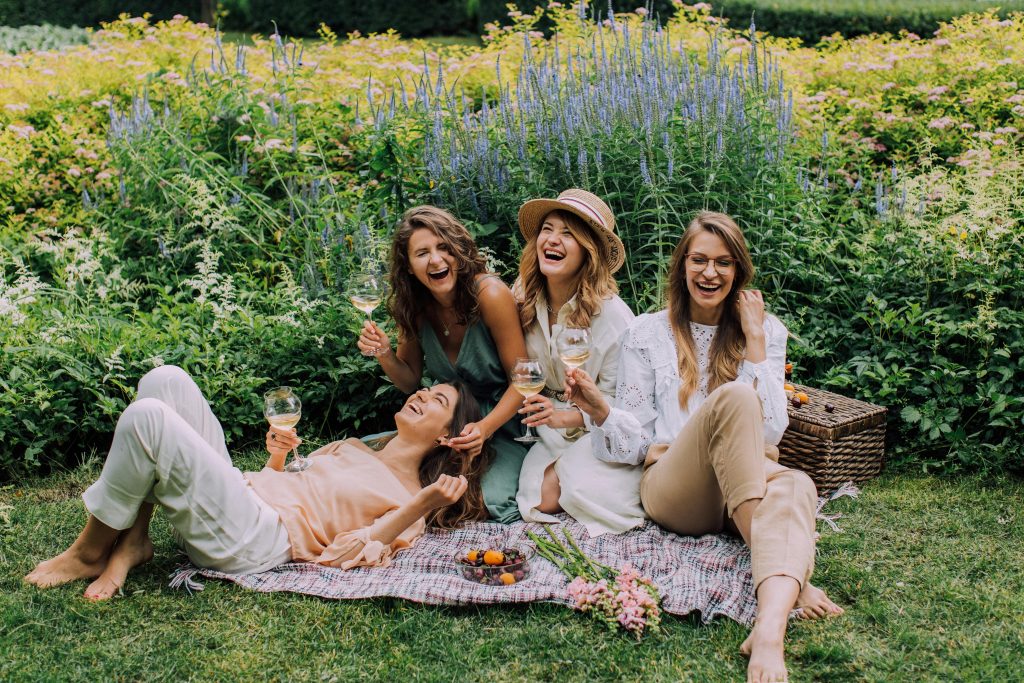
3. Picking the Perfect Wines
A wine and cheese picnic requires wines that are not only delicious but also portable and picnic-friendly. You don’t want to bring an entire cellar with you, so select two or three wines that offer variety and complement your cheeses.
White Wine Wonders:
- Sauvignon Blanc: Crisp, light, and refreshing, this wine pairs perfectly with goat cheese and soft cheeses. Its high acidity balances out the creaminess, creating a lovely contrast.
- Chardonnay: For those who love a fuller-bodied white, a lightly oaked Chardonnay is a great match for cheeses like Brie and Camembert. It brings out the buttery richness in soft cheeses.
Rosé All Day:
- Rosé: The ultimate picnic wine! It’s versatile, easy to drink, and pairs beautifully with almost any cheese. Whether it’s a fruity, bright rosé or something a little more dry, you can’t go wrong. Try pairing it with fresh goat cheese or a tangy cheddar.
Red Wine Classics:
- Pinot Noir: Light enough to enjoy outdoors and easy on the palate, Pinot Noir pairs well with both soft and hard cheeses. Its fruit-forward profile complements cheddar and Brie nicely.
- Cabernet Sauvignon: If you want something bold, bring along a bottle of Cabernet to enjoy with aged cheeses like Gouda or sharp cheddar. The richness of both the cheese and wine make for a perfect pairing.
4. Setting the Scene with Accessories
Picnicking doesn’t have to mean messy. With a few key accessories, you can elevate the experience to something elegant and Instagram-worthy.
The Picnic Basket: Start with a classic wicker picnic basket, which adds that quintessential charm. If you’re going for a modern look, insulated backpacks designed for picnics can be a practical alternative.
Plates and Cutlery: Skip the disposable plastic and opt for something more eco-friendly like bamboo plates and real cutlery. There are plenty of stylish, reusable options that add a touch of sophistication to your outdoor meal.
Wine Glasses: Yes, real glass stemware might seem over the top for a picnic, but trust me, it makes a difference. If you’re worried about breakage, invest in sturdy, shatterproof glasses that look just like the real thing.
Boards and Knives: A quality wooden cheese board not only looks beautiful but also gives you enough space to spread out your cheese selection. Don’t forget small cheese knives for each variety.
A Touch of Class: Pack cloth napkins, a stylish blanket (think plaid or neutral tones), and a few fresh flowers for a centerpiece. A small bouquet of wildflowers instantly elevates your picnic setup.
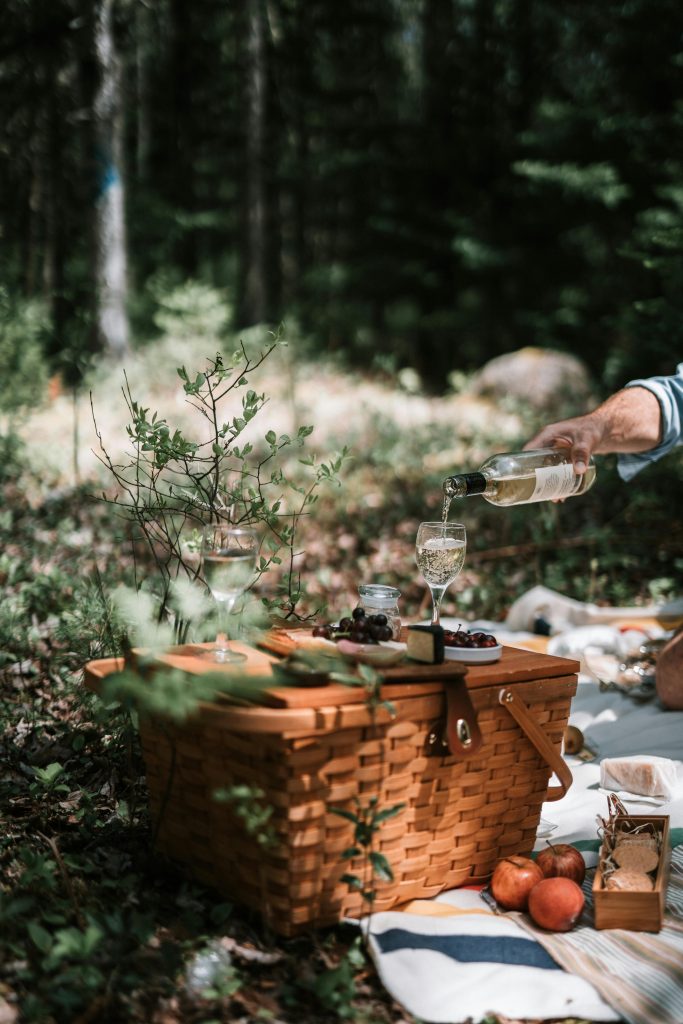
5. Adding a Little Extra: Fruits, Breads, and Spreads
No wine and cheese picnic is complete without the supporting cast of fruits, breads, and spreads. These elements tie your wine and cheese selection together, enhancing both the flavor and experience.
Fruits: Grapes, fresh berries, and apple slices work wonders with most cheeses. Grapes are the go-to picnic fruit because they’re easy to share and don’t require any prep. Apples pair perfectly with aged cheddar and Gouda, while strawberries and blueberries bring a sweet contrast to brie and camembert.
Bread and Crackers: A fresh baguette is a picnic must. Its crispy crust and chewy interior are the perfect vessels for soft cheeses like brie or goat cheese. For a little variety, pack a selection of artisanal crackers as well. Choose ones with simple flavors so they don’t overpower the cheeses.
Spreads: Honey, fig jam, and chutneys are fantastic additions. A drizzle of honey over blue cheese or a spoonful of fig jam with cheddar can take your picnic to gourmet levels. Don’t be afraid to mix and match – these spreads complement a wide range of cheeses and add a sweet touch to your meal.
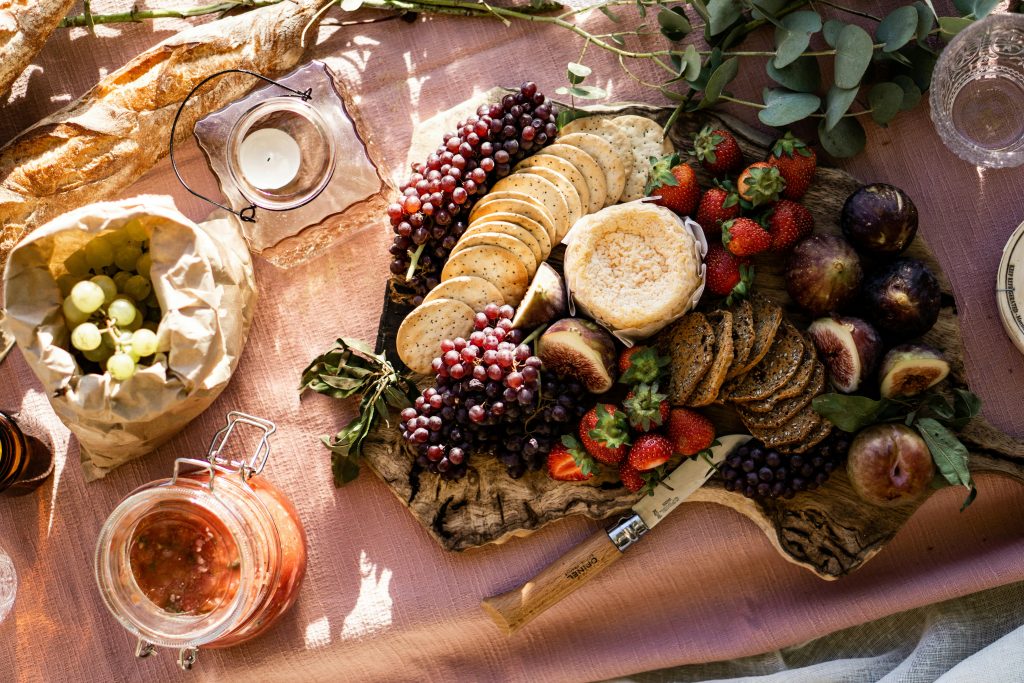
6. Capturing the Moment
A picnic like this is not only about the food and wine; it’s about creating a memory. Be sure to bring a camera (or at least your phone) to capture the picturesque moments. Snap a few photos of your elegant setup, the wine being poured, and the beautiful surroundings. But most importantly, take a moment to relax, enjoy the company, and sip your wine in peace.
Conclusion
A perfect wine and cheese picnic doesn’t have to be complicated. With a little planning and attention to detail, you can turn an ordinary outing into an elegant experience. From picking the right cheeses to selecting the perfect wines, every element of your picnic can reflect your personal style and love for the finer things in life. So, grab your basket, choose your favorite spot, and get ready for an unforgettable outdoor dining experience.
